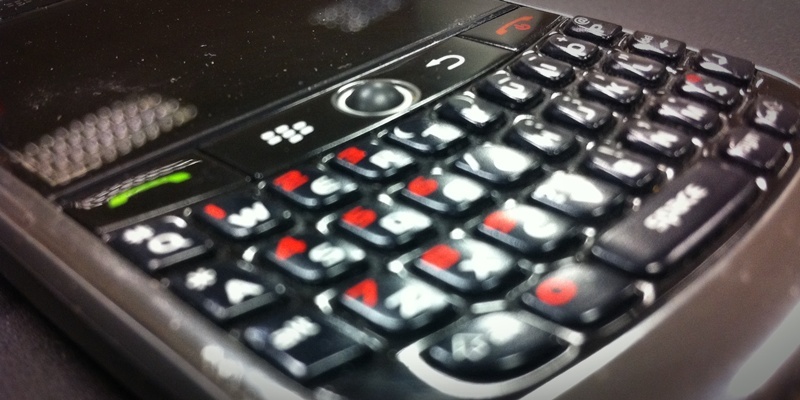Tayside Police figures on the number of children who have reported receiving offensive or threatening phone messages are likely to represent just the tip of the iceberg, an anti-bullying expert has suggested.
Andrew Mellor, of the Anti-Bullying Network, said the almost universal ownership of mobile phones has left young victims unable to escape their tormentors, and “terror may be just one call or text message away.”
Mr Mellor trained as a teacher in Dundee and worked in the classroom for 25 years before becoming Scotland’s first anti-bullying development officer.
Statistics released by Tayside Police following a freedom of information request show that, between 2008 and last year, 94 children under the age of 16 were on the receiving end of offensive, obscene or menacing phone messages. A further 11 received messages with a sexual element.
“Research into the incidence of bullying and abuse is dependent on self-reporting and results have to be carefully considered,” said Mr Mellor. “In interpreting any figures, however they are gathered, we must take into account the fact that bullying often goes unreported by children for a number of reasons not the least of which is that many children believe that adults, including well-meaning ones, cannot be trusted to deal with this information in a sensible way.Threatening”I have no doubt that the telephone is becoming an increasingly important means by which young people transmit and receive offensive or threatening messages. That is not to say that the overall incidence of bullying and abuse is increasing but rather that advantage is being taken of new opportunities for a very old type of behaviour.
“The almost universal ownership of mobile phones by young people poses challenges to all concerned agencies and, more importantly, to the young people themselves. There is now no escape from bullying and abuse. It can happen anywhere even in a home where a child is surrounded by loving family members.
“Police officers can only ever be involved with the most serious and overt threats but we know that bullying consists of a series of episodes and events. An apparently innocent message, such as ‘See you tomorrow,’ may be laden with menace if it has been preceded by days or weeks of whispered threats.”DestructiveA force spokesman said, “Tayside Police abhors bullying in whatever form it takes. No one should have to tolerate bullying. We take it very seriously as we recognise the destructive effect it can have on people.
“The force works closely with its partners to address bullying as, in common with all crime, we would prefer it did not happen in the first place.
“In this regard we would remind all members of society, young and old, parents and carers, education authority and all relevant agencies to take responsibility in tackling bullying and ensuring that it does not take place.
“Where it does occur, we would urge the victim not to suffer in silence, but to take control and report it to the police. We will share their concerns and make all appropriate inquiries to address the issue.”
Significantly more adults reported phone crime in the region over the same period, with Tayside Police investigating 1470 complaints of non-sexual offensive or menacing messages between 2008 and 2010 and a further 36 which included a sexual element.
